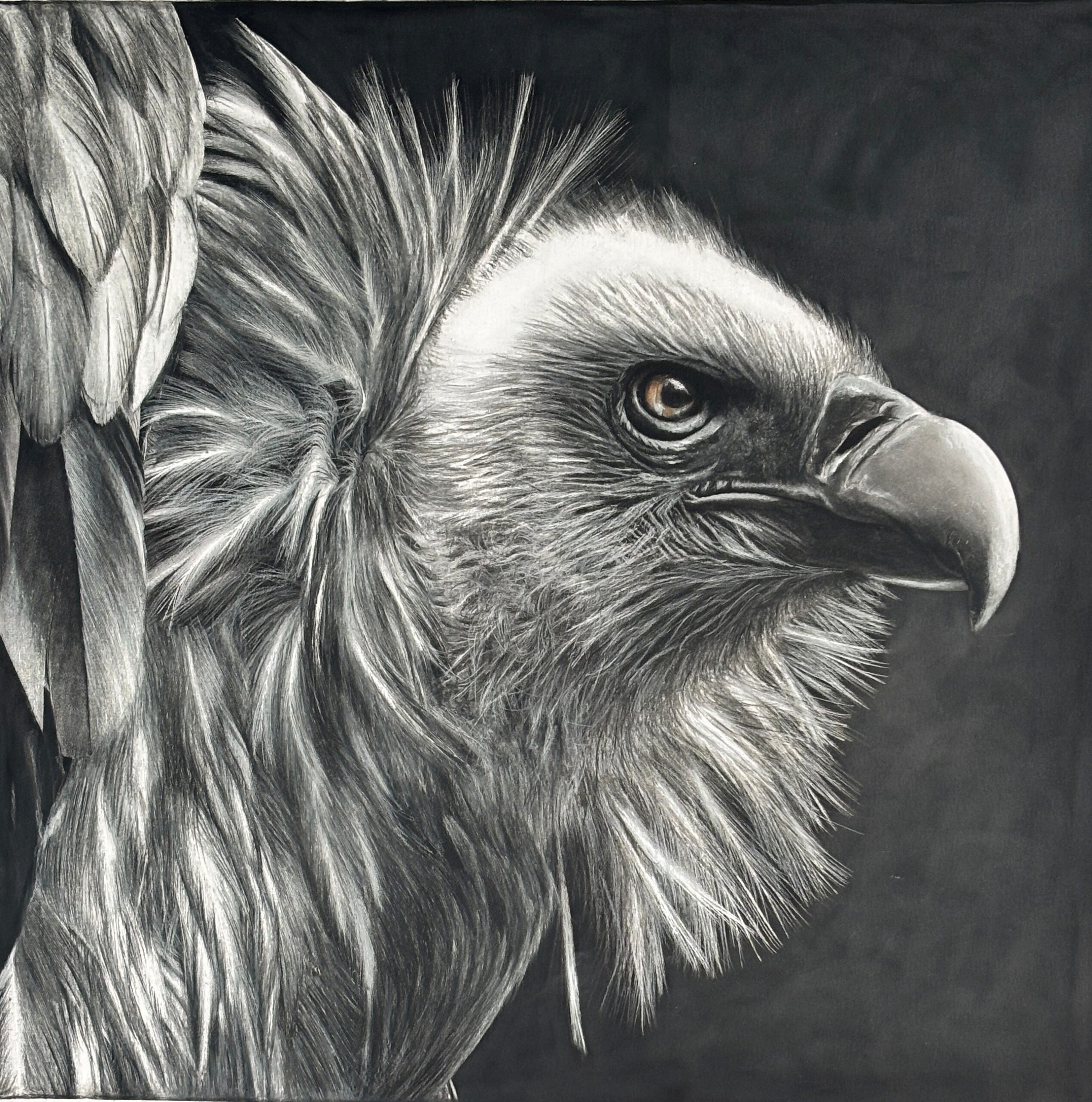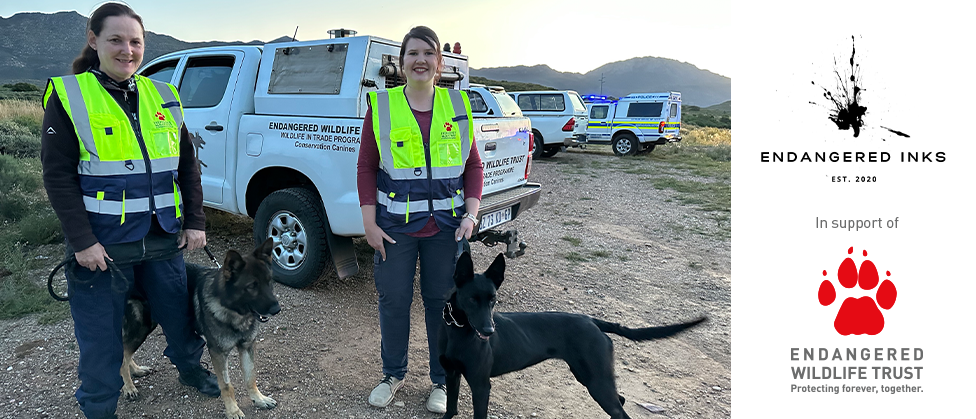
SEWE – Southeastern Wildlife Exposition – 14-16 February 2025

Inspired by our travels from the African bush to the Asian jungles. Our exhilarating encounters with wildlife within their environment are the indelible memories inspired to draw animals.
‘Drawn to Protect” is our ethos, to support organisations who protect the magnificent wildlife and ecosystems, now endangered and at risk of extinction. Our INKS captures a moment of their wild life being lived, a life worth protecting. We hope our wild INKS will bring joy to an owner with the knowledge that their INK supports conservation.
We are proud to partner with Endangered Wildlife Trust as their roots began with founders Clive & Conita Walker to exhibit Clive’s wildlife art in 1973 at a conference in Texas. This event inspired them to sell art to raise funds for wildlife and this eventually led to establishing the Endangered Wildlife Trust. This story closely aligns with Endangered Inks’ story and our inspiration to support conservation with Carroll’s detailed art which she creates using a pen and pastels. We support EWT’s mission to conserve and protect threatened species and ecosystems to the benefit of all.
We are excited that the 20% donation from each INK sold at SEWE (SouthEastern Wildlife Exposition) in Charleston South Carolina will help grow EWT’s new initiative of Conservation K9’s anti-poaching unit and we at Endangered Inks love dogs, this was a perfect fit!
We look forward to working with EWT as Endangered Inks showcases Wildlife Art at SEWE in 2025 and to help protect endangered species.
About Carroll
An adventurer, animal lover and founding artist for Endangered Inks, Carroll is currently based between the UK and France with her Great Dane, Digby. Whilst her formative years were spent on the beautiful island of Bermuda it was clear from a very early age that her creative thinking, artistic talent and urge to explore would take her all over the world. Carroll studied for her Bachelor of Arts in Design at Parsons School of Design and at The Art Institutes. Moving to London, after leaving twelve years of working in southern and East Africa she completed her Masters of Art in Marketing & Design at Central Saint Martins.
Over the last twenty years professionally Carroll has channeled her creative talents into a successful career in marketing, specialising in luxury tourism with prestigious brands and advertising agencies. These brands include Hilton, Marriott, Ogilvy & Mather, The Royal Mint, as well as charities, Fauna & Flora International and PDSA .
Being very fortunate that her work has taken her all over the world with footprints in Africa, Australia, Europe, Asia and USA. Drawing and painting resigned to being a personal hobby during this period, sharing her works with her close family and friends. Carroll decided to focus on reconnecting with her drawing skills in 2019. Looking for inspiration she unearthed boxes of old photographs she’d taken whilst living in Africa, sifting through she realised many of the animals in her photographs are now classed as endangered, their numbers shrinking at an alarming rate. This realisation led Carroll to want to support conservation using her art, establishing ENDANGERED INKS in 2020.
Carroll’s signature style is pen and ink mixed with pastels, she likes to create realistic detail using various techniques, creating a unique work of art which we call an ‘INK’
What is the conservation canine unit?

The EWT’s Canine Conservation Unit (CCU) is a special project established to support the conservation efforts of the EWT through scent detection and tracking dog services. The unit is also available as a service provider to our conservation partners, private landowners and other stakeholders, where dogs can perform a variety of priority conservation-focused tasks. This is further supported by the EWT through handler training and certification. There are two types of work done by the EWT’s K9 unit. Anti-poaching dogs are trained to track people, locate snares, find arms and ammunition, and help with the detection of evidence at crimes scenes. Our detection dogs are capable of detecting various plant and animal samples, and thus have a wide range of possible conservation benefits and applications. We are continuously exploring new roles for our conservation canines to ensure that the EWT remains recognised as an industry leader in the field of working dogs.
